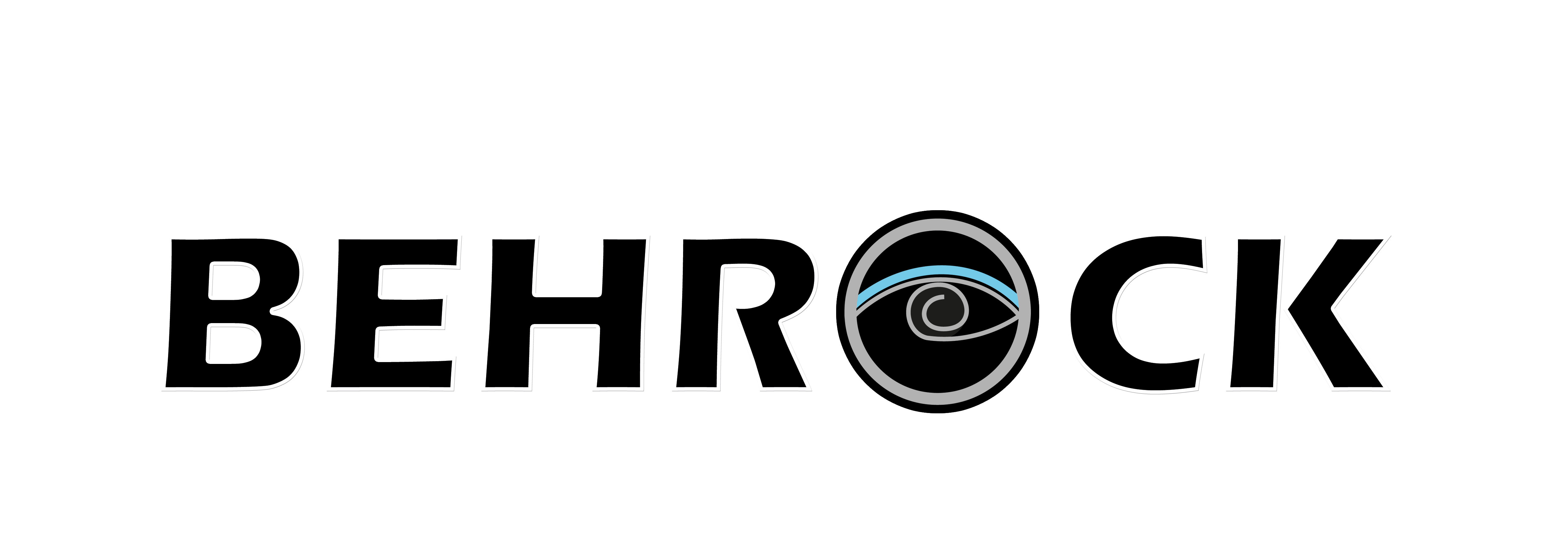
Punch and Die
Punch and die sets are one of the most widely used types of metal forming dies, utilized in various processes such as shaping, cutting, bending, drawing, and coining. These dies consist of two main parts:
- Punch: The male part of the die that performs the shaping or pressing action.
- Die: The female part of the die into which the punch moves, completing the forming operation.
These dies are typically made from wear-resistant tool steels, such as SPK steel, to withstand the pressure and stresses resulting from industrial operations.
For mounting and setting up the die, an assembly called a Die Set is used. It consists of upper and lower plates and, with the help of guide pins (or guide posts), enables precise vertical movement of the punch aligned with the die. This precise alignment is crucial for the proper functioning of the die and preventing damage.
Die making is an industrial process in which dies are manufactured so that various parts (usually made of plastic, metal, aluminum, etc.) can be produced with specific shapes, dimensions, and precision using them. A die acts like a template or master form in which the raw material takes shape.
Types of Punch and Die
Based on the type of forming process, punch and die sets are divided into four main groups: Shearing Dies These types of dies are designed for cutting sheet metal into specific shapes. The sheet metal is placed between the punch and the die, and the cutting operation is performed by applying pressure from the press. 🔧 Important Note: The distance or "clearance" (لقی) between the punch and the die must be calculated precisely. Too much clearance results in incomplete cutting and the dies potentially getting stuck together; too little clearance increases pressure on the machine and the risk of breakage. Forging Dies In forging dies, the shape of the die is transferred to the metal surface by applying high impact or pressure using a press machine. Cold Forging: For parts requiring high precision and shallow depth, without needing heating. Hot Forging: For substantial shape changes, the metal is heated close to its plastic deformation temperature. 🛠️ Important Note: In designing these dies, the deformation limits must be considered from the outset to prevent cracking or failure of the part. Bending Dies These dies are used to create angles or bends in sheet metal. The sheet is placed between the punch and the die, and it is bent to the desired angle by the press pressure. 📐 Important Note: In bending design, metal springback must be considered; meaning, after the pressure is released, the metal slightly returns to its original state, and this effect must be accounted for in the design angle. Deep Drawing Dies These dies are used for volumetric and deep forming of sheet metal. The principle of deep drawing dies is to stretch the sheet and reduce its thickness without tearing. A common example of using these dies is the production of pots or metal containers. First, a metal disc is placed inside the die, and then the desired shape is applied to it under high pressure.

Key Point
The design of drawing dies must be highly precise and engineered to prevent wrinkling, tearing, or excessive thinning of the sheet metal.
